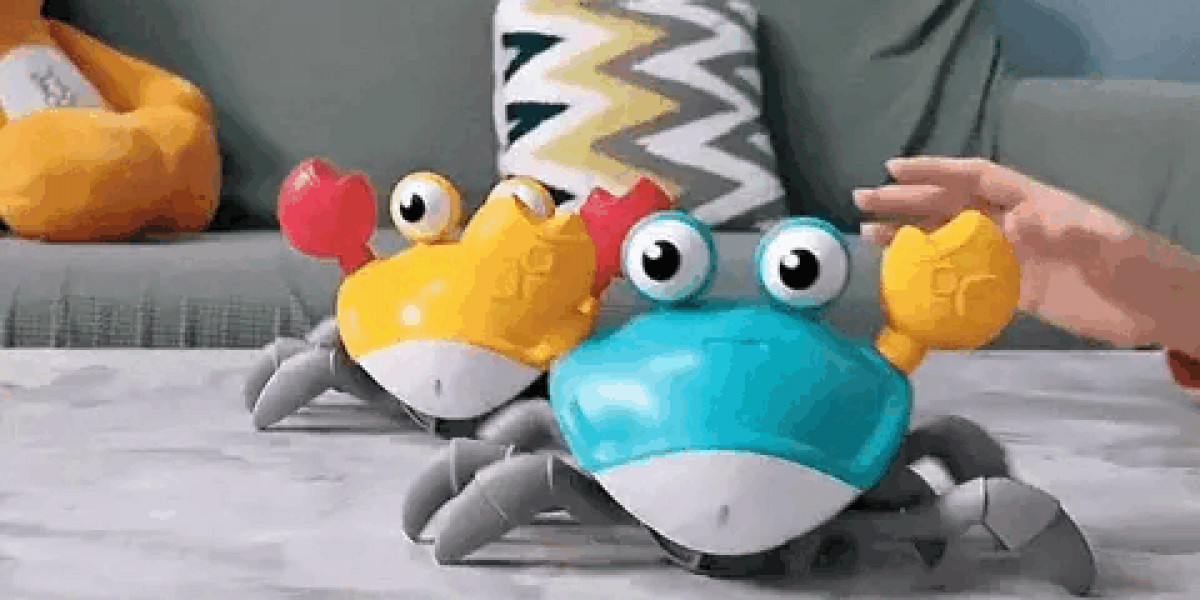In the intricate tapestry of marine ecosystems, the crawling crab stands as a fascinating creature, emblematic of resilience and adaptation. With over 6,793 species identified worldwide, these crustaceans inhabit diverse habitats ranging from sandy shores to rocky cliffs, showcasing their remarkable versatility in survival.
Diverse Habitats: Crawling crabs are adept at navigating a multitude of environments, from the gentle lapping shores of tropical beaches to the frigid depths of polar seas. Their adaptability allows them to thrive in intertidal zones, where they scuttle across tidal flats in search of food, as well as in the depths of the ocean, where they carve out niches among coral reefs and rocky outcrops.
Ecological Importance: Beyond their aesthetic appeal, crawling crabs play a crucial role in maintaining the balance of marine ecosystems. As opportunistic omnivores, they feed on a variety of organic matter, including algae, detritus, and small invertebrates, thus contributing to nutrient cycling and ecosystem health. Additionally, their burrowing activities aerate sediment, promoting oxygenation and facilitating the growth of beneficial microorganisms.
Adaptive Strategies: To survive in dynamic and often harsh environments, crawling crabs have evolved an array of adaptive strategies. Their exoskeletons, composed primarily of chitin, provide protection against predators and environmental hazards while also serving as a support structure for locomotion. Many species possess specialized appendages, such as flattened claws for digging or robust pincers for defense and capturing prey.
Life Cycle: The life cycle of crawling crabs is a testament to their resilience and reproductive prowess. Most species undergo indirect development, beginning as planktonic larvae that drift with ocean currents before settling and metamorphosing into juvenile crabs. Upon reaching maturity, adults engage in elaborate courtship rituals, with males often showcasing intricate displays to attract potential mates. Once fertilized, females carry fertilized eggs beneath their abdomen until they hatch into miniature replicas of their parents.
Interactions with Humans: Crawling crabs have long held cultural significance for coastal communities worldwide, featuring prominently in folklore, cuisine, and art. In addition to their cultural importance, they also serve as valuable indicators of ecosystem health, with declines in population numbers often signaling broader environmental disturbances. However, human activities such as overfishing, habitat destruction, and pollution pose significant threats to crawling crab populations, highlighting the need for conservation efforts and sustainable management practices.
Conservation Challenges: Despite their ecological importance, crawling crabs face numerous conservation challenges in the modern era. Habitat loss and degradation, driven by coastal development and industrial activities, threaten their natural habitats and disrupt crucial breeding and foraging grounds. Overexploitation for the seafood trade further compounds these issues, with many species facing population declines due to unsustainable harvesting practices.
Towards Sustainable Solutions: Addressing the conservation challenges facing crawling crabs requires a multifaceted approach that combines scientific research, community engagement, and policy intervention. Efforts to establish marine protected areas, regulate fishing practices, and promote sustainable aquaculture can help mitigate the threats facing these charismatic crustaceans while also safeguarding the broader marine ecosystem.
In conclusion, the crawling crab stands as a testament to the remarkable diversity and adaptability of marine life. From its humble beginnings as a planktonic larva to its role as a keystone species in coastal ecosystems, this fascinating creature continues to captivate scientists, conservationists, and nature enthusiasts alike. By understanding and appreciating the ecological importance of crawling crabs, we can work towards ensuring their continued survival and the health of our oceans for generations to come.








